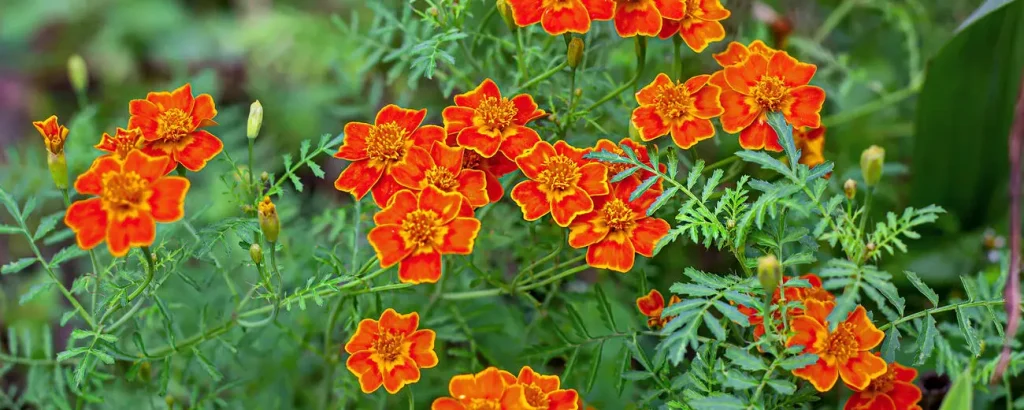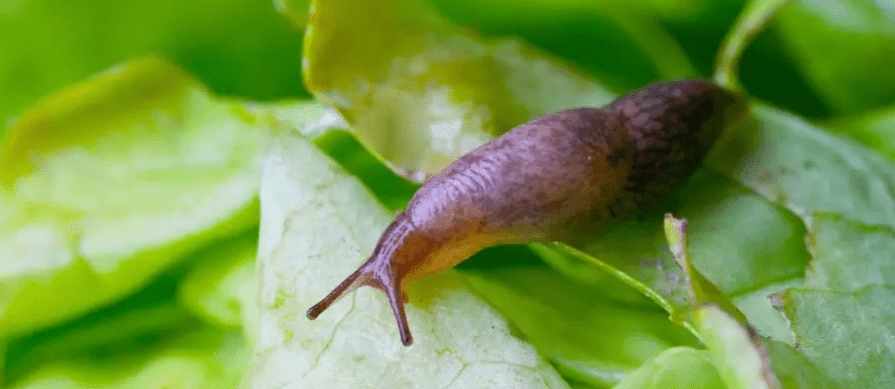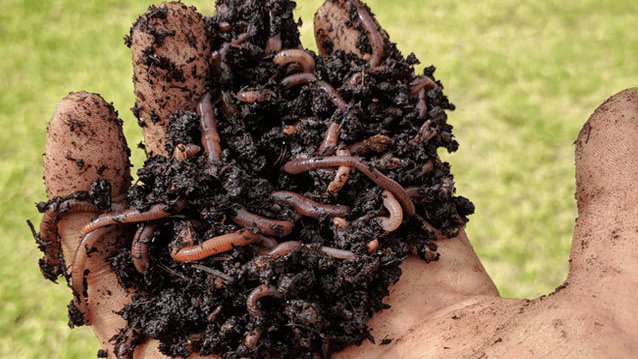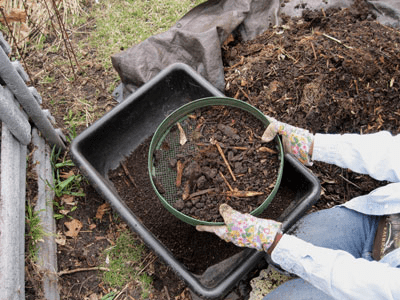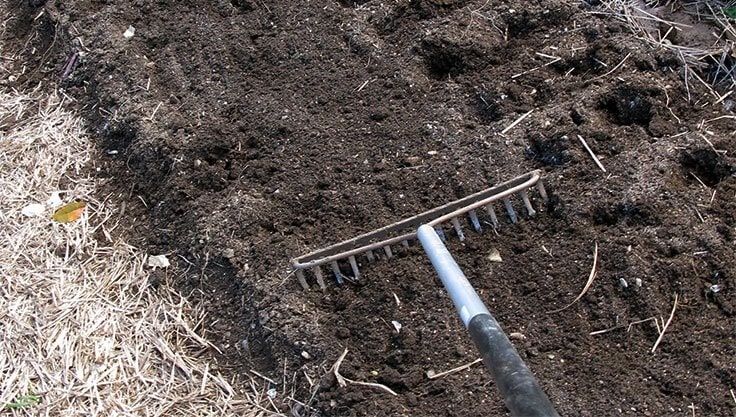Contents
Natural Pest Control and Soil Health Benefits
Tagetes, also known as marigolds, are a great addition to vegetable gardens. They act as slug traps, repel various fly species, and eliminate nematodes (root-knot worms), improving soil health.
Why Plant Marigolds in Your Garden?
These colorful summer flowers not only add beauty but also help keep pests away with their natural insect-repelling properties. Their root secretions promote soil health by reducing harmful nematode populations.
One of the most exciting reasons to plant marigolds is the culinary value of the small-flowered spice marigold (Tagetes tenuifolia). The edible flowers have a spicy, aromatic flavor and can color dishes saffron-yellow. Their finely divided leaves offer refreshing citrus notes.
Marigolds as a Protective Barrier Against Pests
Marigolds (Tagetes patula, T. tenuifolia) thrive in any garden soil, as long as they have plenty of sunlight and sufficient moisture. They pair well with almost all vegetables and herbs, including beans, cucumbers, potatoes, cabbage, leeks, parsley, lettuce, tomatoes, and onions.
Their strong scent repels unwanted insects, such as:
- Whiteflies (cabbage whitefly), which target brassicas
- Ants and leek moths, which can damage vegetable crops
Additionally, marigolds reduce root-knot nematodes, which often occur in intensively cultivated gardens, leading to stunted growth and root rot in vegetables. Their roots attract nematodes, and once they invade, the plants release a substance that kills them.
Marigolds as a Slug Trap
Marigolds are a favorite of slugs, which makes them an excellent trap crop. Some gardeners use them to surround young vegetable plants as a protective barrier. While this may seem counterintuitive, the idea is to lure slugs away from crops, making it easier to collect and remove them regularly.
Growing Marigolds: Direct Seeding or Transplanting?
Marigolds can be sown directly outdoors from April or transplanted as seedlings. They germinate best at temperatures between 15–18°C (59–64°F).
To prolong flowering, deadhead faded flowers regularly—this encourages new blooms to keep appearing throughout the season.
Marigolds as a Culinary Herb
Spice marigolds are a traditional ingredient in Mexican and Central American cuisine. The flowers are best harvested on sunny mornings after the dew has dried. Flowers dried in the midday sun may develop a bitter taste, while rain can dilute their aroma.
By picking flowers frequently, you encourage even more blooms—a win-win for both the garden and the kitchen!

